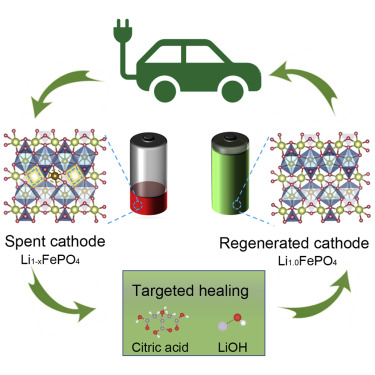
Our lives have been changed by lithium-ion (Li-ion) batteries which are everywhere: in our cell phones, cars, toys, power tools and grid energy storage. Indeed, the 2019 Nobel Prize in Chemistry was awarded to the three scientists who invented and developed them. As the world manufactures more and more Li-ion batteries, what are the challenges and opportunities for recycling them? How can we prevent the batteries from ending up in landfills where the toxic metals inside can leak out? In this episode, we talk with Dr. Zheng Chen, a professor of nanoengineering at the University of California, San Diego, and co-author on the paper “Efficient Direct Recycling of Lithium-Ion Battery Cathodes by Targeted Healing” published a few weeks ago in the journal Joule.
Hosts: Jill Sjong, Joel Parker
Feature: Shelley Schlender
Executive Producer: Beth Bennett
Show Producer: Joel Parker
Engineer: Sam Fuqua
Listen to the show:
Podcast: Play in new window | Download (Duration: 27:14 — 37.4MB)
Subscribe: RSS




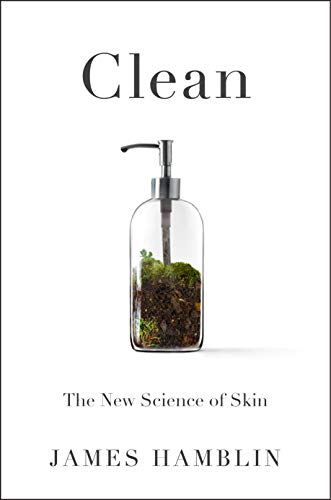
 How clean is “clean”? How do you get clean, and how important is it…could it actually be advantageous to your skin and general health to not try to get too clean? We talk with medical doctor and author
How clean is “clean”? How do you get clean, and how important is it…could it actually be advantageous to your skin and general health to not try to get too clean? We talk with medical doctor and author 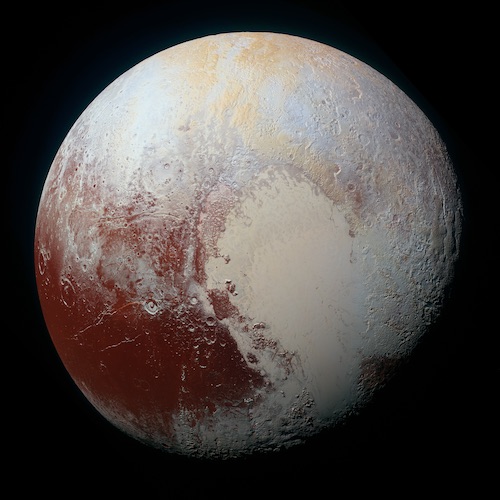
 Five years ago today on July 14, 2015, the
Five years ago today on July 14, 2015, the 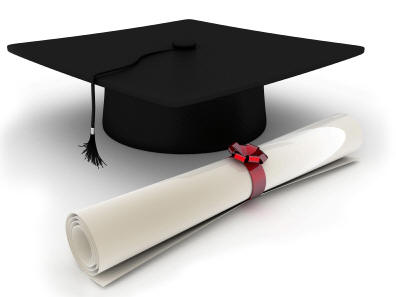
 With graduation season is upon us, today’s edition of How on Earth is our annual “Graduation Special”. Our guests in the studio today are scientists who have or will soon receive their Ph.D. in a STEM-related field. They talk about their thesis research, their grad school experiences, and what they have planned next.
With graduation season is upon us, today’s edition of How on Earth is our annual “Graduation Special”. Our guests in the studio today are scientists who have or will soon receive their Ph.D. in a STEM-related field. They talk about their thesis research, their grad school experiences, and what they have planned next. Hayley Sohn – CU Boulder,
Hayley Sohn – CU Boulder, 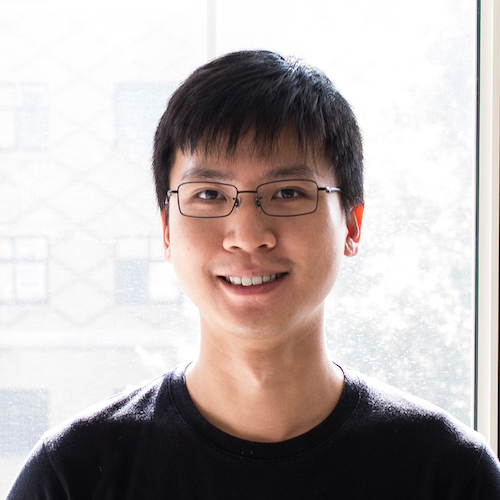 Clement Zheng – CU Boulder,
Clement Zheng – CU Boulder,  Jennifer Berry – CU Boulder,
Jennifer Berry – CU Boulder, 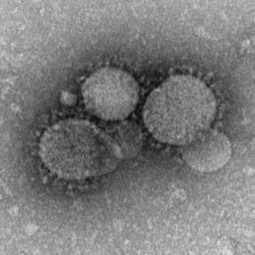
 This week on How on Earth, we are still producing off site. Beth and Angele give an update on treatment and transmission of the corona virus and Shelley interviews CU Boulder scientists Anushree Chatterjee and Prashant Nagpal who explain the pros and cons of using old medicines to fight Covid-19, and they describe some new “medicines” in the future, and how to speed up their development.
This week on How on Earth, we are still producing off site. Beth and Angele give an update on treatment and transmission of the corona virus and Shelley interviews CU Boulder scientists Anushree Chatterjee and Prashant Nagpal who explain the pros and cons of using old medicines to fight Covid-19, and they describe some new “medicines” in the future, and how to speed up their development.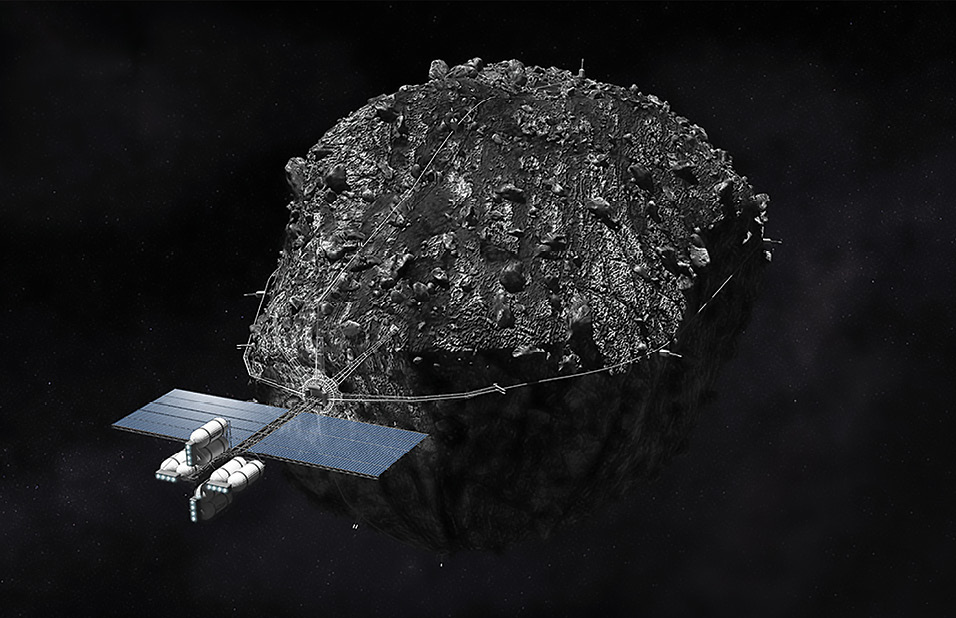



 Science for the Rest of Us (start time: 16:38) At a time our own government leaders vilify science and reinvent facts, it seems as important as ever that journalists and the public at large grasp and translate scientific research. A new book, The Craft of Science Writing, offers tips on how to find credible experts (whether on the corona virus or vaccines or climate change), separate truth from spurious assertions, and make sense of scientific studies. The book is aimed at science writers, but it can be a guidepost for anyone who wants to make science more accessible.
Science for the Rest of Us (start time: 16:38) At a time our own government leaders vilify science and reinvent facts, it seems as important as ever that journalists and the public at large grasp and translate scientific research. A new book, The Craft of Science Writing, offers tips on how to find credible experts (whether on the corona virus or vaccines or climate change), separate truth from spurious assertions, and make sense of scientific studies. The book is aimed at science writers, but it can be a guidepost for anyone who wants to make science more accessible. 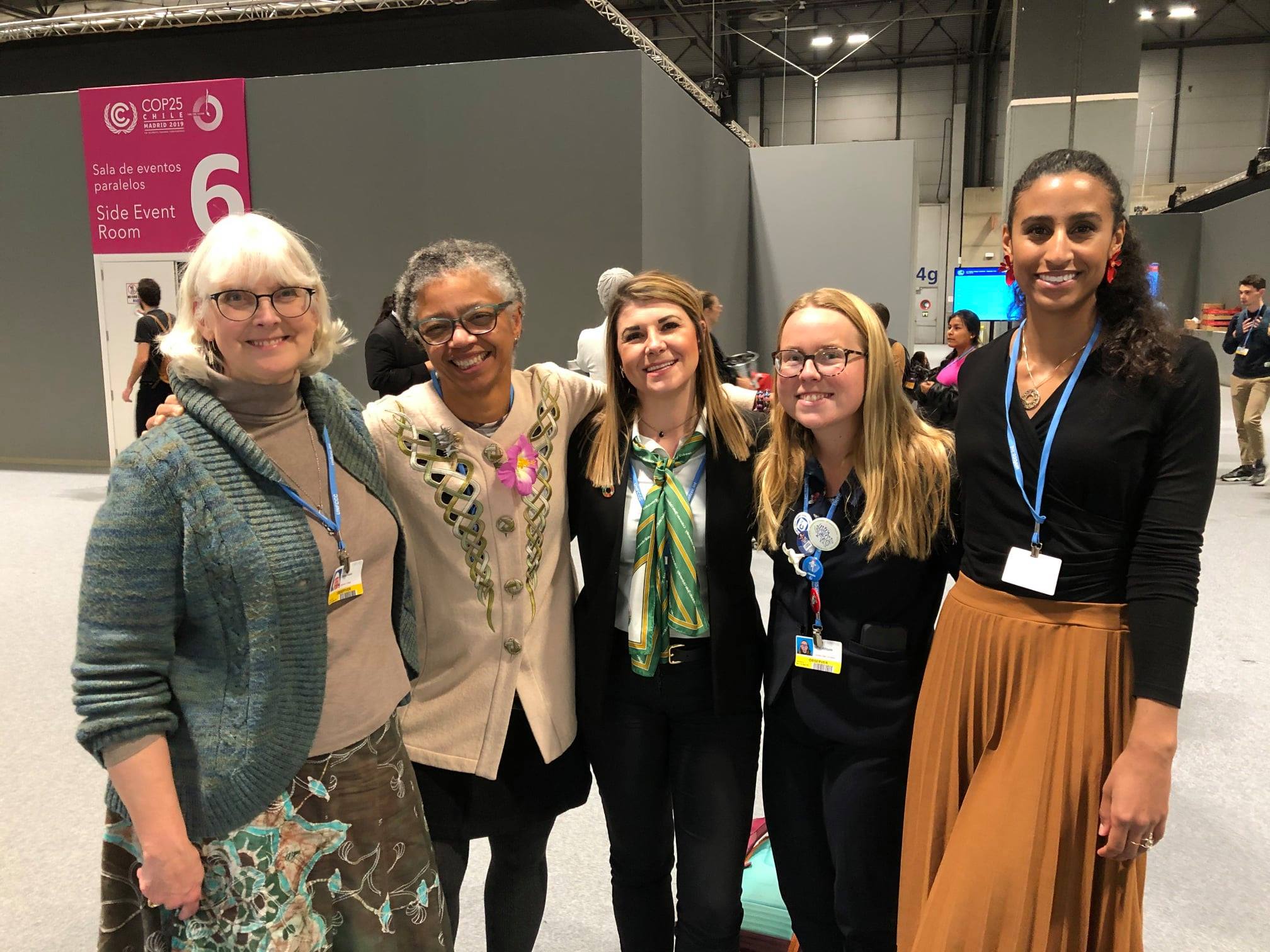
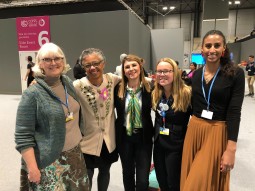
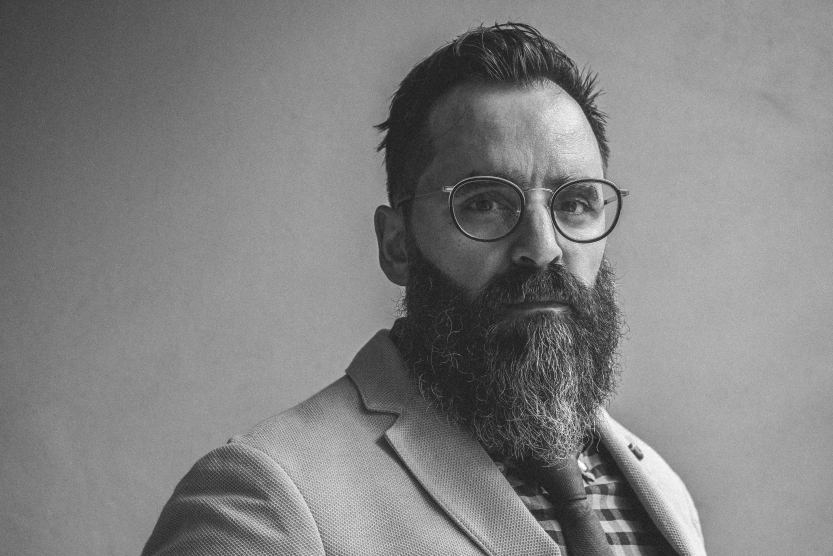
 We talk with
We talk with